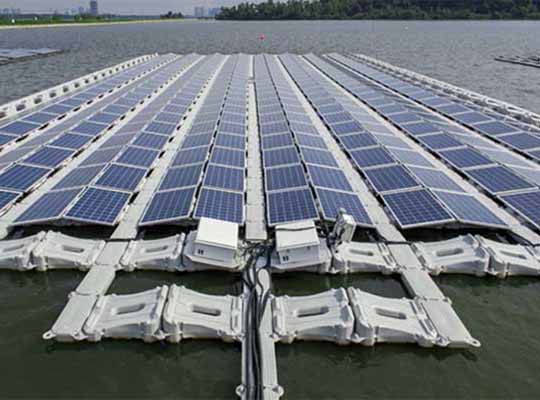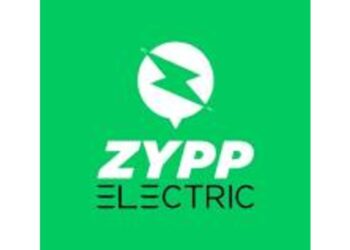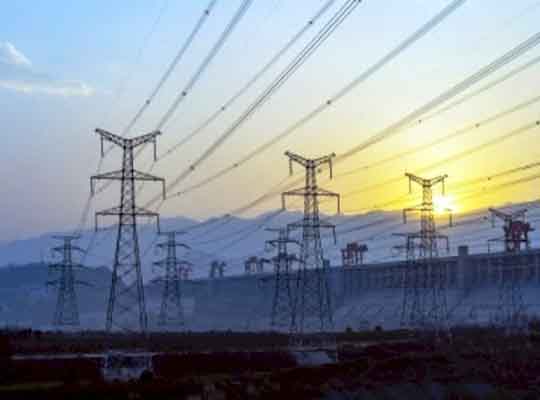Albany, New York – Transparency Market Research delivers key insights into the global floating power plant market. In terms of revenue, the global floating power plant market is estimated to expand at a CAGR of 6.5% during the forecast period, owing to numerous factors, regarding which TMR offers thorough insights and forecasts in its report on the global floating power plant market.
The global floating power plant market is broadly affected by several factors, including rise in investment toward development of floating power plants, increase in demand for clean energy, and benefits associated with floating power plant
Floating Power Plant Market: Dynamics
Floating power plants act as a distributed power source with high efficiency and stability. This peak power source is capable of responding to steep load fluctuation and offers quick start-up. These plants are towable and suitable for seasonal and periodic operation, providing grid stabilization for various kinds of renewable energy. This is anticipated to boost the market during the forecast period.
The installation of floating power plants has been increasing in end-use industries, especially in Asia Pacific, owing to large-scale demand for power in countries such as China, India, Singapore, and Malaysia. Rise in population and rapid development of infrastructure in end-use industries, such as healthcare, manufacturing, and construction, are likely to boost the floating power plant market during the forecast period. For instance, in January 2020, the Electricity Generating Authority of Thailand along with B.Grimm Power announced an EPC contract to construct a hybrid hydro and solar energy floating power plant at the EGAT dam.
The implementation of stringent government regulations regarding environmental protection is expected to boost the deployment of floating power plants in several end-use industries across the globe. Solar, wind, and wave energy are the three commonly employed renewable sources of power generation in floating power plants. Scarce availability of wind sites and large land area occupation of solar sites are projected to boost the demand for renewable power plants.
Numerous end-use industries are installing HDPE plastic floating platforms. These platforms are eco-friendly and not dangerous to aquatic animals. Such advancements are encouraging several manufacturers to sign new projects for the construction of floating power plants in the medium power range. This is likely to drive the global floating power plant market during the forecast period.
Major end-use industries such as healthcare, manufacturing, chemical, and building & construction are expanding at a rapid pace around the globe. This expansion of end-use industries can be ascribed to increase in the demand for clean energy, which, in turn, is boosting the floating power plant market.
In terms of power source, the wind segment dominated the global floating power plant market in 2019. The segment is anticipated to expand at a CAGR of 6.7% between 2020 and 2030. The expansion of the segment can be ascribed to an increase in investment in the development of offshore wind energy.
Floating Power Plant Market: Prominent Regions
The floating power plant market in Asia Pacific is projected to expand significantly during the forecast period, owing to a rise in investment in construction of floating power plant production facilities in the region. China dominated the floating power plant market in Asia Pacific in 2019.
The floating power plant market in Europe is likely to expand considerably during the forecast period. Rise in investment in renewable energy sources in order to cater to a surge in the demand for electricity is a major factor driving the floating power plant in the region.
Floating Power Plant Market: Key Players
Major players operating in the global floating power plant market are Siemens AG, Wärtsilä, General Electric, Iberdrola, S.A, Caterpillar Inc., MAN Diesel, and Turbo SE, Mitsubishi Corporation, Ciel & Terre International, Floating Power Plant A/S, Kyocera Corporation, Principle Power, Inc., and STX Corporation













